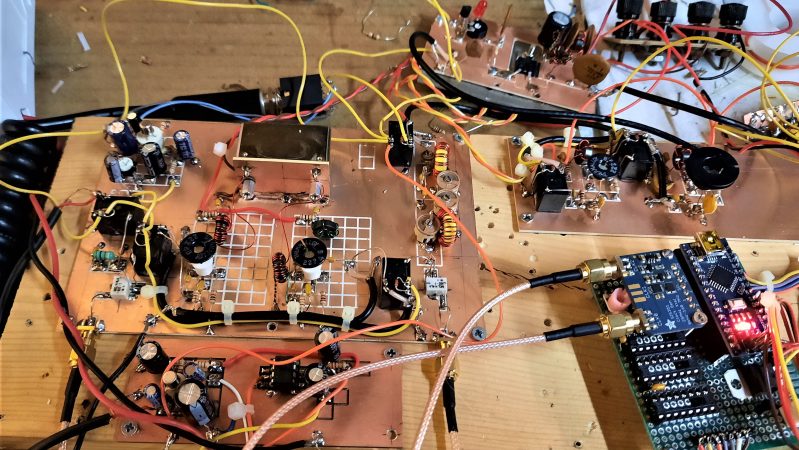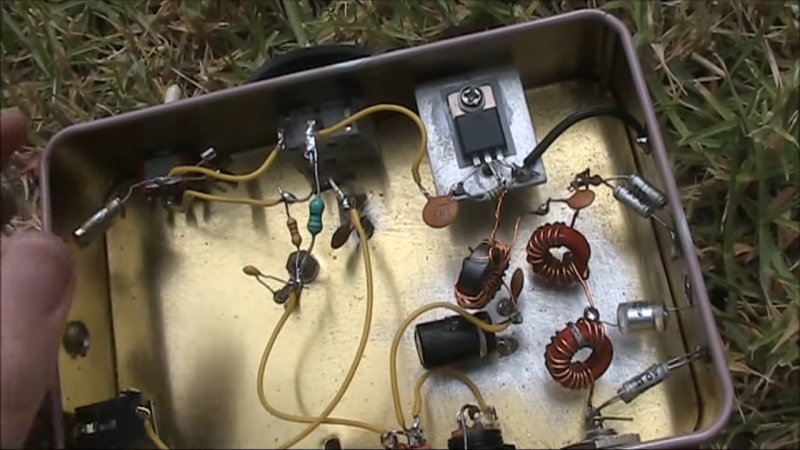PSSST! Here’s A Novel SSB Radio Design With Only Seven Transistors

When [Pete Juliano] sat down to design a sideband transceiver for the 20 Meter (14 MHz) ham radio band, he eschewed the popular circuits that make up so many designs. …read more Continue reading PSSST! Here’s A Novel SSB Radio Design With Only Seven Transistors
